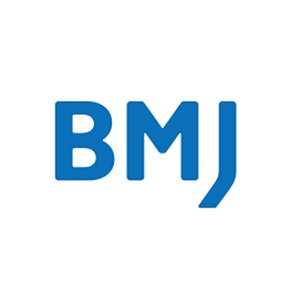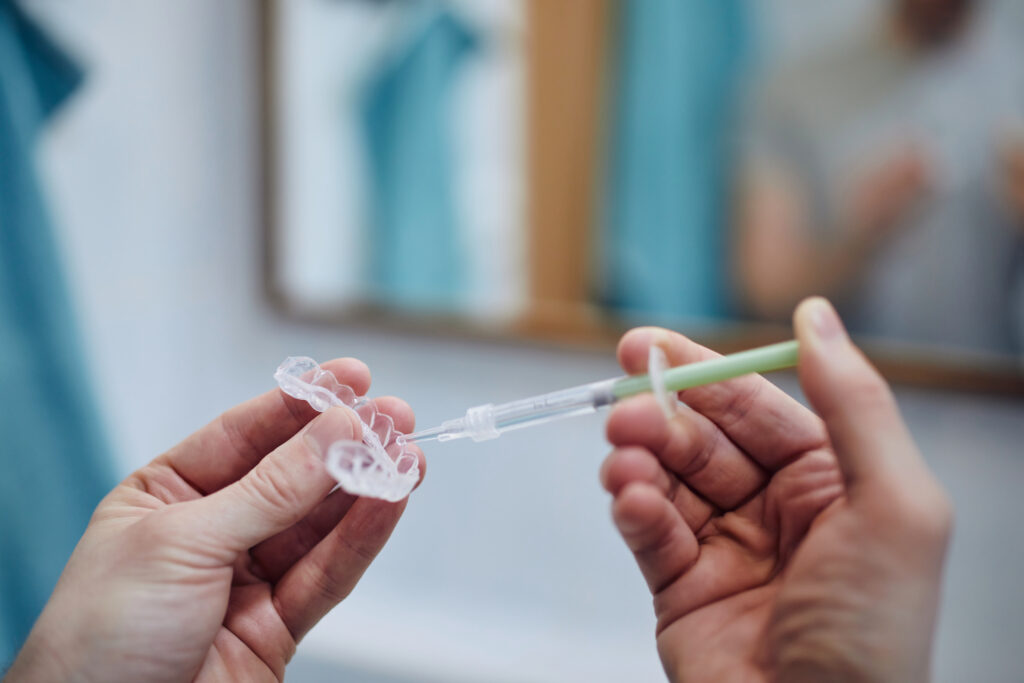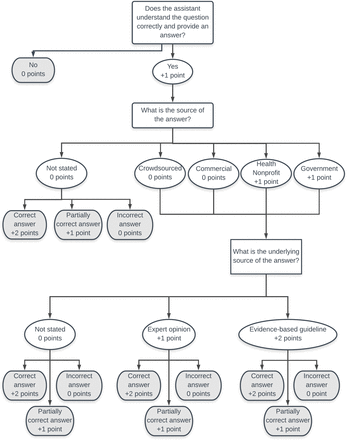Abstract
The Integrated Disease Surveillance and Response (IDSR) framework, introduced by the WHO in 1998, aimed to unify disease surveillance across West Africa, replacing fragmented systems. However, challenges such as limited real-time reporting, inadequate data collection and workforce shortages continue to impede disease control and outbreak response. The resurgence of infectious diseases like Ebola, cholera, COVID-19 and monkeypox highlights the need to strengthen IDSR systems for effective public health management. This article reviews IDSR implementation in West Africa, identifying persistent gaps, including delayed outbreak detection, limited laboratory capacity and weak surveillance infrastructure. It emphasises the importance of policy development, capacity building and stakeholder engagement to secure political support and resources. Integrating technological innovations—such as mobile health (mHealth), geographic information systems (GIS), electronic health records and big data analytics—can enhance real-time data sharing and response coordination. Strengthening laboratories, workforce training and monitoring frameworks is essential to improve IDSR performance. Strategic investments are crucial to bolster public health capacities, accelerate response times and mitigate future epidemics in West Africa.
Introduction
Disease surveillance and response systems are critical components of global public health systems. Prior to 1998, surveillance systems in countries of West Africa were directed to specific diseases rather than using a centralised system for monitoring. The limitations of disease-specific surveillance systems, coupled with a surge in infectious disease outbreaks, prompted the WHO Regional Committee for Africa to adopt the Integrated Disease Surveillance and Response (IDSR) framework in 1998.1
In 2000, the system was renamed IDSR to emphasise the connection between surveillance and response efforts.2 By 2002, most West African countries had adopted the IDSR guidelines, and the introduction of the International Health Regulations (IHR 2005) in 2007 further enhanced the regional response framework by establishing a globally recognised system for disease surveillance.3 4 This paper consolidates multiple disease monitoring efforts into a unified system, improving efficiency, coordination and the timely detection of public health threats across the region.1 The outbreaks of infectious diseases such as Ebola, cholera, COVID-19, measles and monkeypox need adequate data tools for monitoring and to support public health decisions.5–7 The current emerging and re-emerging of outbreaks underscore the need for robust disease surveillance and responsive health systems in West Africa. This paper aims to explore the use and effectiveness of IDSR in West Africa, draw lessons from its implementation, identify existing gaps and propose strategies to strengthen the system for more effective management of public health challenges across Africa. This is a call for establishing a strategic framework or policy in Africa to enhance data collection, documentation, collation, analysis, interpretation, dissemination and de-implementation of data tools related to priority diseases and health events.
The Integrated Disease Surveillance and Response (IDSR) system usage during diseases outbreak in West Africa
The IDSR system played a crucial role in managing recent disease outbreaks in Africa. Sierra Leone successfully restored its IDSR system after the 2014–2015 Ebola outbreak, reaching high-performance indicators by 2017.8 Key strengths of the system include prompt identification and response to epidemic-prone diseases, early reporting and efficient outbreak investigation.8
However, the efficacy of the IDSR system in combating Ebola, Lassa fever and other outbreaks of infectious diseases in Africa is still demonstrated to be inconsistent.9 Timeliness continues to be a significant issue impeding rapid detection and response.9 10 Despite improvements in reporting completeness in some countries,8 gaps in implementation at frontline health services persist, including inadequate resources, lack of supervision, limited diagnostic capacity and insufficient emergency preparedness.9
Consequentially, the COVID-19 pandemic brought to light the significance of health information systems for contact tracing, data sharing and community participation.11 In response to the Ebola outbreak, efforts in Guinea were directed towards enhancing IDSR capability through better tools, guidelines and training.12 While these efforts have highlighted areas that require further development and funding, they also demonstrate success and the critical role of IDSR in improving preparedness and response to outbreaks. To effectively respond to disease outbreaks, the IDSR system must sustain long-term investments in national public health capacities, infrastructure and surveillance procedures to address these issues adequately.13 In Africa, the successes and limitations of the IDSR system have been examined to provide deeper insights into outbreak detection and response.
Strengthening acute flaccid paralysis (AFP) surveillance through the Integrated Disease Surveillance and Response (IDSR) system
In Liberia, the implementation of the IDSR strategy has significantly strengthened its acute flaccid paralysis (AFP) surveillance system, contributing to key public health achievements. Through enhanced surveillance at the county, district and community levels and extensive community sensitisation, the country has improved key AFP indicators.21 Notably, the non-Polio AFP rate, which had dropped to 1.5 during the 2014/2015 Ebola outbreak, surpassed pre-Ebola levels in 2016. The introduction of the Auto-Visual AFP Detection and Reporting mobile tool further bolstered the timely detection and reporting of AFP cases in Montserrado County, improving surveillance accountability,22 through the support from WHO, UNICEF, and the Bill and Melinda Gates Foundation. Furthermore, Liberia also invested in training health workers on electronic surveillance, strengthening the capacity to respond to public health events. The efforts culminated in Liberia achieving its highest AFP detection rate in 5 years, demonstrating the tangible success of IDSR in the country’s health system.22 23
Lessons and Integrated Disease Surveillance and Response (IDSR) gaps in West Africa
The implementation of the IDSR system in West Africa has faced several challenges, leading to inefficiencies and failures over time. Despite initial progress between 2000 and 2010, key factors have hindered the system’s effectiveness.
One of the main challenges is inadequate human resources and training. The African centre for diseases control (African CDC) reports that only 40% of health workers in IDSR-implementing countries received proper training on surveillance protocols. In Nigeria, many health workers lack basic epidemiological skills, resulting in underreporting and misclassifying cases. Operational gaps such as incomplete IDSR forms, confusion over reporting procedures and lack of motivation further weaken the system’s effectiveness.24 25
Another critical issue is poor data quality and delayed reporting. A WHO assessment found that only 20% of African countries consistently reported weekly surveillance data on time, with paper-based reporting exacerbating delays. This has led to inaccurate data, zero reporting and underreporting, which hampers decision-making and resource allocation.13 26 27
Weak laboratory capacity also plays a significant role in outbreak response delays. WHO states that only 25% of IDSR countries had adequate laboratory support for disease confirmation, resulting in slow disease confirmations. The Ebola outbreak in West Africa highlighted these challenges, with lab confirmation delays of up to 10 days worsening the spread of the virus.28–31
Funding and sustainability issues are also critical. A 2017 World Bank report revealed that over 60% of IDSR programmes rely on donor funding, leaving them vulnerable when external support decreases. Example from Sierra Leone, a 40% drop in IDSR activities followed a decrease in donor funding in 2019, leaving significant gaps in surveillance efforts.32 33
Finally, political instability and governance challenges have hindered IDSR implementation, especially in conflict-prone countries like South Sudan and Burkina Faso. These regions face infrastructure destruction, displacement of health workers, and disruptions in health services, which severely affect disease surveillance. Additionally, political barriers, such as data suppression, have delayed outbreak reporting, as seen during the early stages of the COVID-19 pandemic, when some countries underreported critical information.29
Innovative approaches and way forward
In response to outbreaks in Africa, such as the Ebola epidemic in Guinea, efforts focused on strengthening IDSR capabilities through improved tools, guidelines and training.12 These gaps and lessons underscore the urgent need to enhance the IDSR system across Africa through strategies such as:
Policy development and advocacy for Integrated Disease Surveillance and Response (IDSR) in Africa
In a bid to ensure that IDSR becomes a national priority, policy development and advocacy are essential and vital to securing governmental commitment and resources.34 This usually involves engaging stakeholders at different levels to support and strengthen the system’s goals.
Incorporating technological innovations
Incorporating and implementing technological innovations such as mobile health applications, electronic health records, geographic information systems and digital platforms enhance real-time data collection, sharing and accelerating responses to outbreaks.35 By leveraging these technologies, IDSR systems can become more effective and responsive, enabling quicker public health interventions and ultimately reducing the burden of disease.
Improving laboratory capacity
Improving laboratory capacity through investing in modern equipment and training personnel aids early disease detection and management. It is also vital for accurate and timely diagnostics.
Enhancing training and capacity building
This ensures that healthcare workers are equipped with the necessary and important skills and knowledge to respond effectively to public health threats.36 Furthermore, regular workshops and updated training modules are essential for maintaining a competent workforce.
Strengthening data collection and reporting
This will involve standard procedures that are important to ensure the reliability and consistency of the information provided. This, in turn, leads to informed decision-making and efficient resource allocation.
Establish monitoring and evaluation framework
Establishing an effective monitoring and evaluation framework allows for continuous assessment of the IDSR system’s performance, helping identify areas for improvement and ensuring accountability.37
Conclusion
Strengthening disease surveillance and response systems is essential to safeguarding public health across Africa. The IDSR framework, adopted to address fragmented disease-specific monitoring, has made significant strides but still faces persistent challenges that limit its effectiveness. Recent outbreaks such as Ebola, COVID-19 and monkeypox highlight the need for a robust, well-coordinated system capable of timely detection and response to public health threats. To enhance IDSR performance, strategic investments are needed in technology, laboratory capacity, workforce development and policy advocacy. Emphasising real-time data collection, improved reporting systems and continuous monitoring will enable better preparedness for emerging outbreaks. By addressing gaps and strengthening the integration of surveillance and response, IDSR can become a cornerstone for public health resilience in West Africa, ensuring faster interventions, better outcomes and sustainable disease control in the region.





